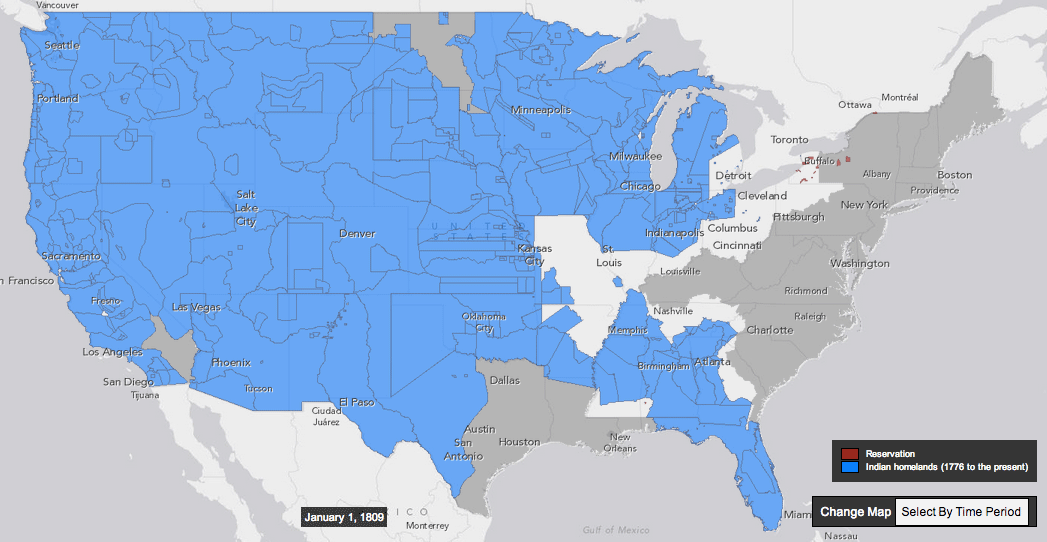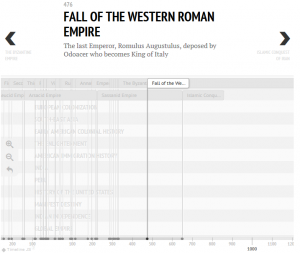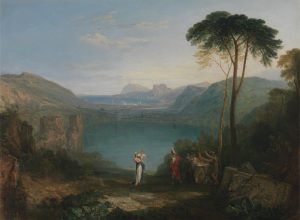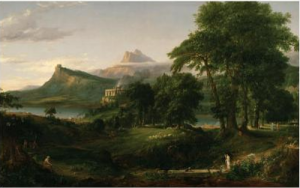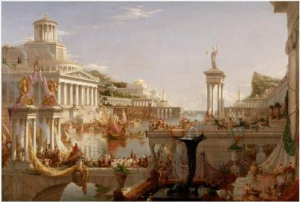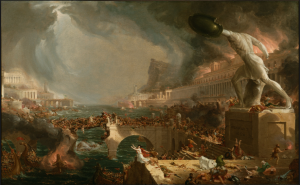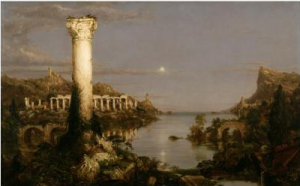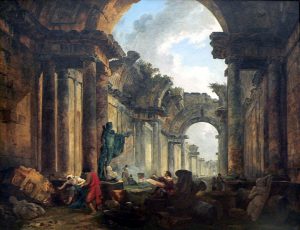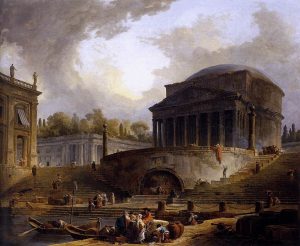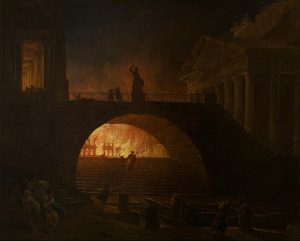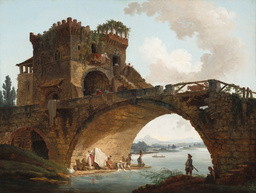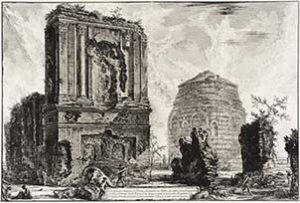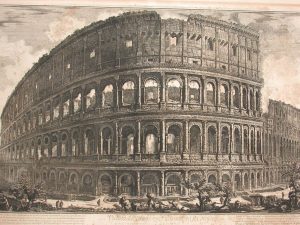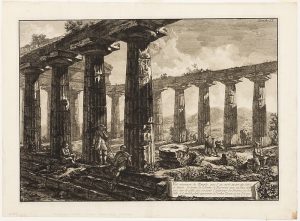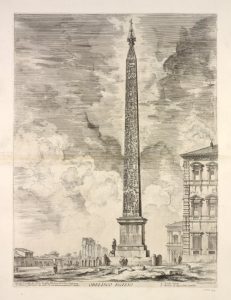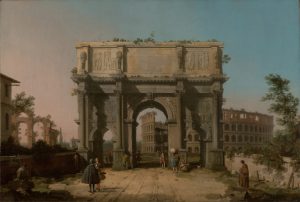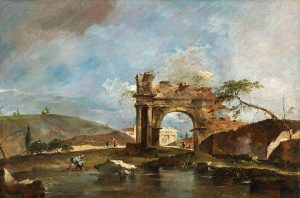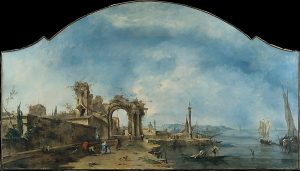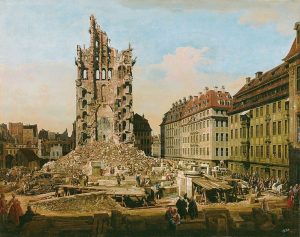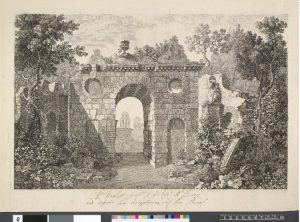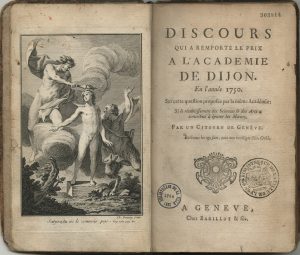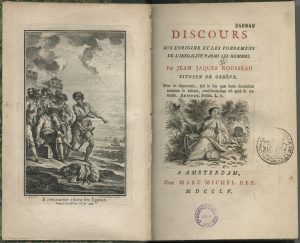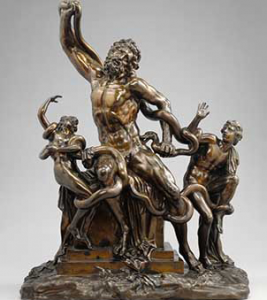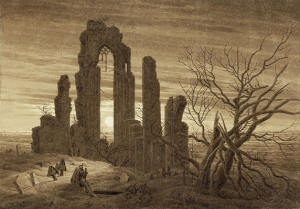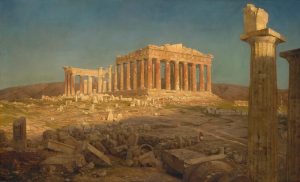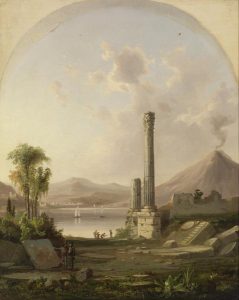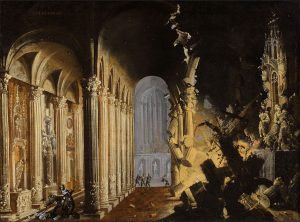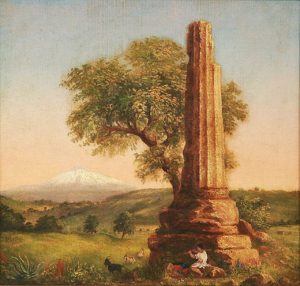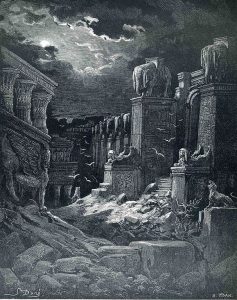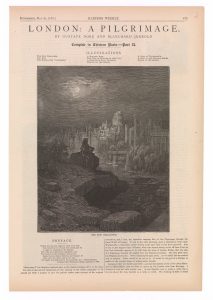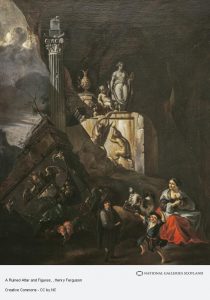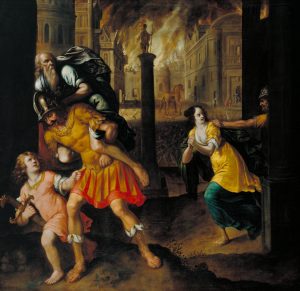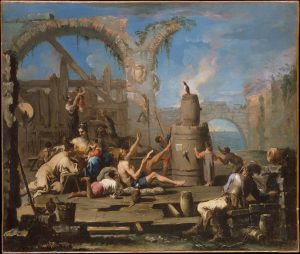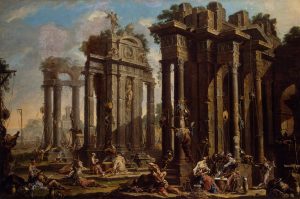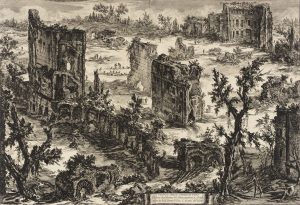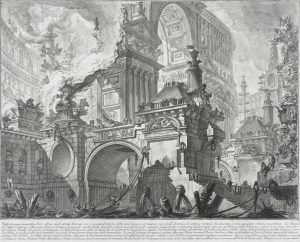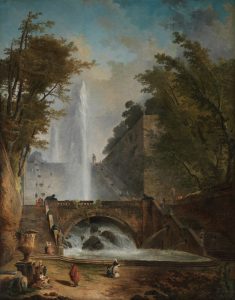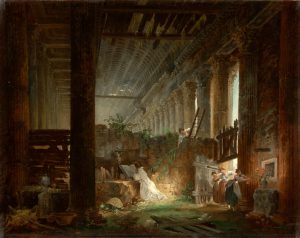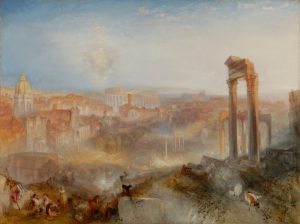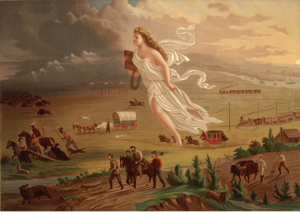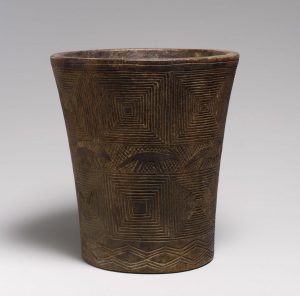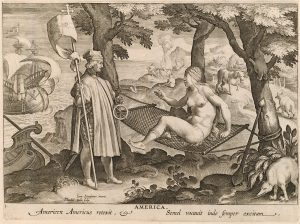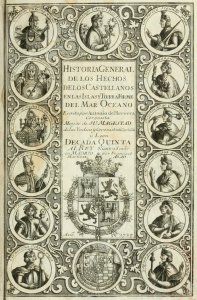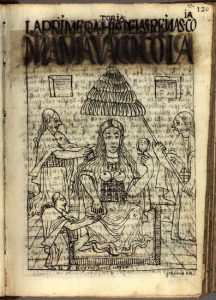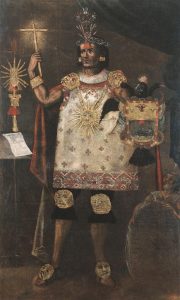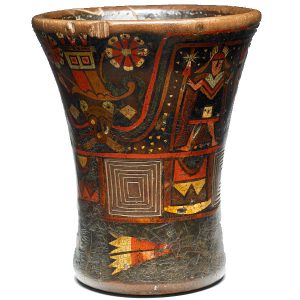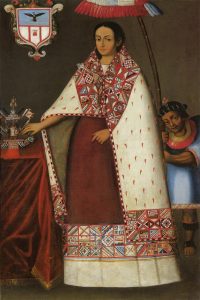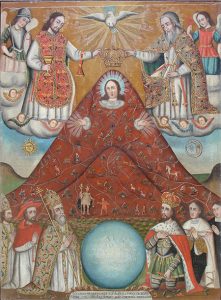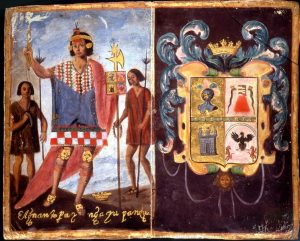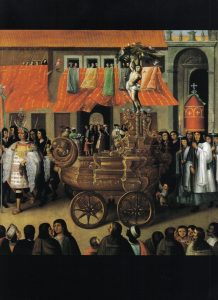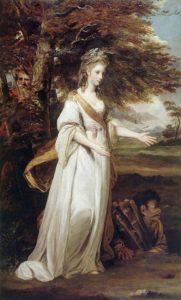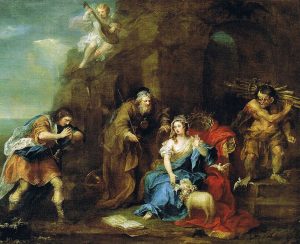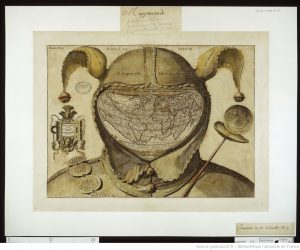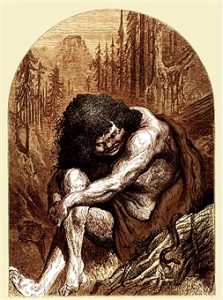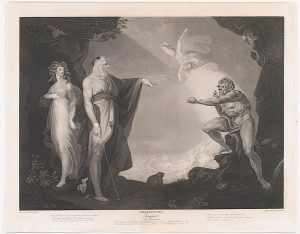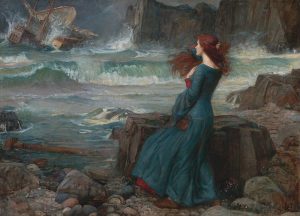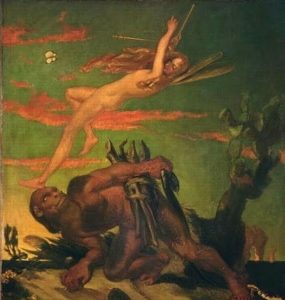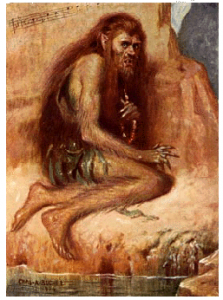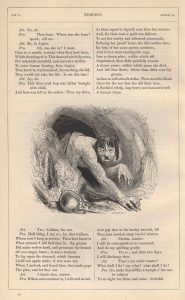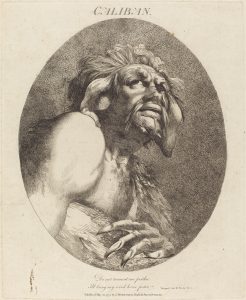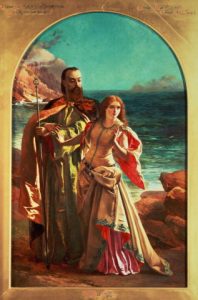Recommended image resources: Digital Public Library of America, Artstor (UCI access only), Empire Online (UCI access only), The Getty Research Institute, The Internet Archive
The Aesthetics of Ruins
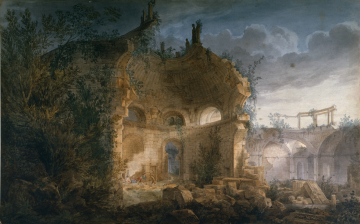
by Joseph Gandy.
Visit: © Sir John Soane’s Museum, London

by Joseph Gandy.
Visit: ©Sir John Soane’s Museum, London
Visit: Yale Center for British Art
Visit: Collection of the New-York Historical Society.
Visit: Collection of the New-York Historical Society.
Visit: Collection of the New-York Historical Society.
Visit: Collection of the New-York Historical Society.
Visit: Collection of the New-York Historical Society.
Visit: The Louvre
Visit: Beaux-Arts de Paris
Visit: Google Arts & Culture
Visit: National Gallery of Art
Visit: LACMA
Visit: archive.org
Visit: Hathi Trust
by Giovanni Piranesi, ca. 1748-51.
Visit: The New York Public Library
Visit: J. Paul Getty Museum
Visit: Wikimedia Commons
Visit: The Metropolitan Museum
Visit: Google Arts & Culture
Visit: British Museum
Visit: archive.org
Visit: archive.org
Visit: The Getty Museum
Visit: Linda Hall Library
Visit: Wikimedia Commons
Visit: Metropolitan Museum of Art
Visit: Smithsonian American Art Museum
Visit: Wikipedia
Visit: Wikipedia
Visit: Wikimedia Commons
Visit: Smithsonian Magazine
Visit: Wikimedia Commons
Visit: Metropolitan Museum of Art
Visit: National Galleries Scotland
Visit: Tate Museum © Tate CC-BY-NC-ND 3.0 (Unported)
Visit: Metropolitan Museum of Art
Visit: The Hermitage Museum
Visit: LACMA
Visit: LACMA
Visit: LACMA
Visit: Getty Museum
Visit: Getty Museum
Visit: Getty Museum
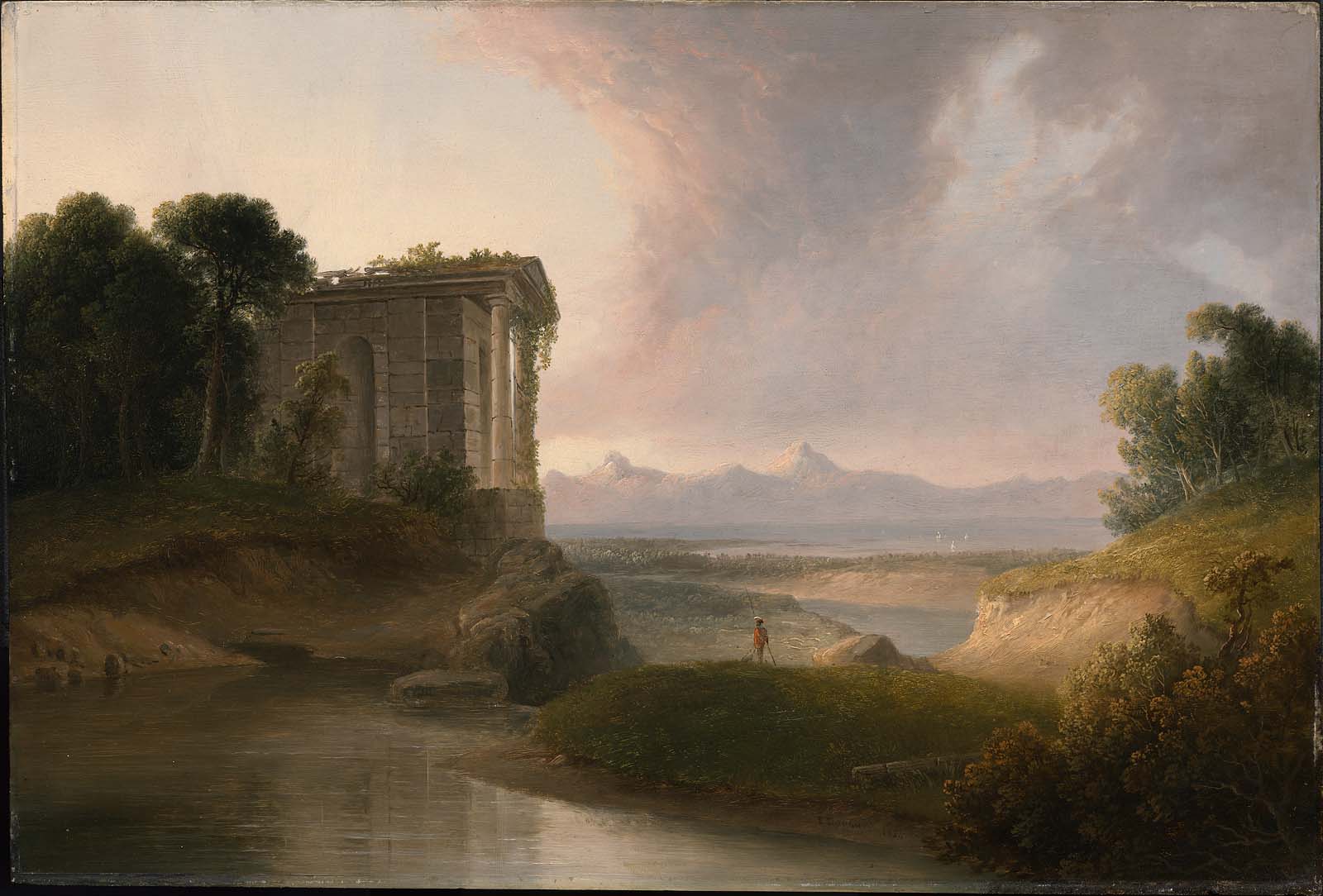
Visit: © The Museum of Fine Arts, Boston

Visit: © Ashmolean Museum
Empires in the Americas
Visit: Library of Congress.
Visit: Metropolitan Museum
Visit: National Gallery of Art
Visit: archive.org
Visit: The Royal Library, Copenhagen
Visit: Vistas: Visual Culture in Spanish America
Visit: Artstor (UCI access only)
Visit: British Museum
Visit: Artstor (UCI access only)
Visit: Casa Nacional de Moneda, Potosí, Bolivia
Visit: Portal de Archivos Españoles
Tempests
Visit: Art UK
Visit: The National Trust
Listen: “Full Fathom Five” composed by Robert Johnson.
Visit: National Library of France
Visit: Google Books
Visit: The Metropolitan Museum
Visit: Wikimedia Commons
Visit: Scottish National Gallery
Visit: The British Library
Visit: Hathi Trust
Visit: The Metropolitan Museum
Visit:
